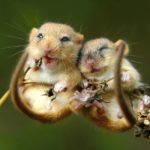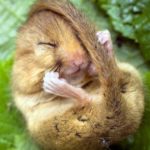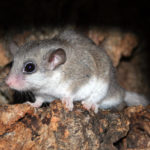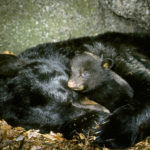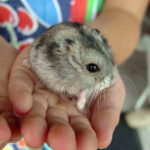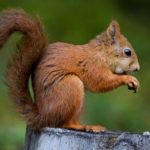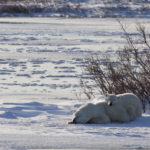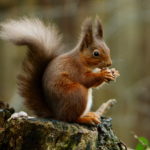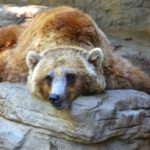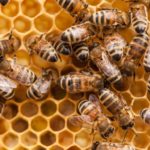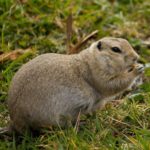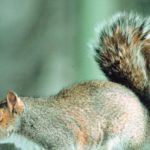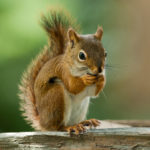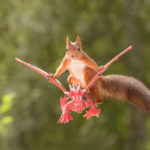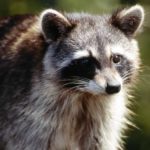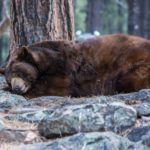Dormouse – information
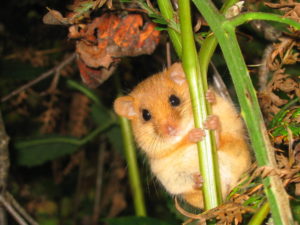 The family of dormouse has 28 species, united in 9 genera. These are small animals ranging in size from a large mouse to a squirrel. Dormouse half-cursed their name because they really sleep a lot: from autumn to late spring, which is almost eight months, they spend in hibernation. In the summer, sleepers sleep during the day, and when they get colder they become numb. Therefore, it is often possible to see not the animal itself, but only traces of its vital activity: litter, traces, shells from nuts, skins of acorns, characteristic fruits and berries.
The family of dormouse has 28 species, united in 9 genera. These are small animals ranging in size from a large mouse to a squirrel. Dormouse half-cursed their name because they really sleep a lot: from autumn to late spring, which is almost eight months, they spend in hibernation. In the summer, sleepers sleep during the day, and when they get colder they become numb. Therefore, it is often possible to see not the animal itself, but only traces of its vital activity: litter, traces, shells from nuts, skins of acorns, characteristic fruits and berries.
Dormouse , a regiment similar to a squirrel, is difficult to see, because this little animal is active only in the dark. All day, the dormouse sleep in a hollow and only with the onset of twilight they go hunting: they find fruit and seeds of the plants among the fallen leaves, eat berries, buds, leaves, willow shoots, apple and cherry trees, and nourish hazel nuts and acorns. Sometimes animals even damage the fruit-and-berry gardens. Apples and pears, dormouse starts to gnaw still unripe. She gnaws through the path and gets to the seeds. He puts down the big apples of the dormouse down and eats already on the ground.
It feeds on a dormouse mainly vegetative food: acorns, beech nuts, hazel nuts, seeds of wild fruit trees, berries and buds of trees and shrubs. Consume and animal food: insects, their larvae, slugs. Often, dormouse eats eggs and chicks of small songbirds. Dormouse is a fairly voracious animal. In July – August they are very recovering. A stock of fat is needed for sleepyheads during hibernation.
The active life of the regiment lasts a little more than four months. Beginning in October, the dormouse, the whole long winter period, is dormant and wakes up only late in the spring. During hibernation, the animal hides in underground holes of a very simple structure or in clefts of rocks, where several individuals sometimes accumulate. The winter sleep of the regiments is very deep. At this time, dormouse completely stops all life processes.
